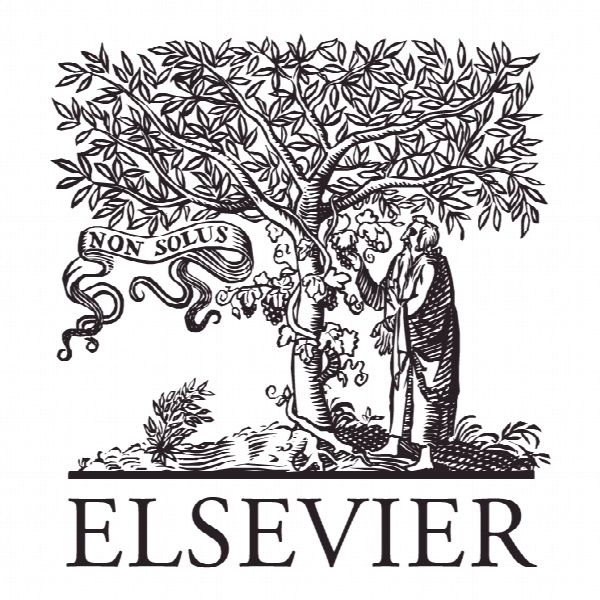جنسیت و رهبری: مقدمه ای بر موضوع خاص Gender and leadership: Introduction to the special issue
- نوع فایل : کتاب
- زبان : انگلیسی
- ناشر : Elsevier
- چاپ و سال / کشور: 2017
توضیحات
رشته های مرتبط علوم اجتماعی
گرایش های مرتبط جامعه شناسی
مجله فصلنامه رهبری – The Leadership Quarterly
نشریه نشریه الزویر
کلمات کلیدی جنسیت -زنان- رهبری -مدیریت- کلیشه های جنسیتی
گرایش های مرتبط جامعه شناسی
مجله فصلنامه رهبری – The Leadership Quarterly
نشریه نشریه الزویر
کلمات کلیدی جنسیت -زنان- رهبری -مدیریت- کلیشه های جنسیتی
Description
The way forward This impressive set of twelve articles provides evidence of considerable investment in research on gender and leadership and its payoff in enhanced knowledge. The scope of findings is much larger than what one of us encountered 10 years ago when 350 A.H. Eagly, M.E. Heilman / The Leadership Quarterly 27 (2016) 349–353 working on a book that surveyed this area (Eagly & Carli, 2007). This increased evidence tests some of the easy generalizations that researchers and scholars offered at earlier points and reveals that gaps in knowledge still remain. That challenges remain makes sense, given that the topic was something of a latecomer to scholarship on gender. In social science fields, an outpouring of research on women and gender began in the 1970s and 1980s along with the second-wave feminist movement (e.g., for psychology, see Eagly, Eaton, Rose, Riger, & McHugh, 2012). Although this social movement brought serious questioning of men’s dominance of power and authority in society, much research and social action initially addressed some of the most obvious dif- ficulties inherent in women’s relative powerlessness, such as sexual harassment, violence against women, and lack of reproductive freedom. Women’s underrepresentation in leadership only gradually became a major focus of research and advocacy. Questions about the scarcity of women as leaders led quickly to research on prejudice and discrimination. Also, understanding how this underrepresentation is fostered and perpetuated in work settings led to research about contextual elements of groups and organizations. The papers we have assembled here provide new insights into these two major areas of inquiry and, in doing so, raise new questions.


